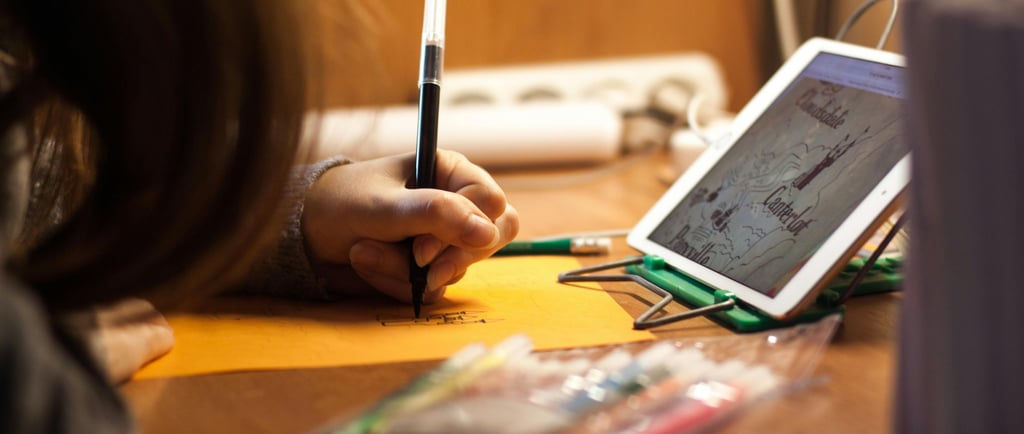Finding Balance
Managing Screen Time for Kids
10/24/20242 min read


Finding Balance: Managing Screen Time for Kids
In today’s world, screens are everywhere—from TVs and tablets to smartphones and computers. While technology provides many educational and entertainment opportunities, managing screen time is an important aspect of raising healthy, well-rounded children. As parents and educators, it’s essential to find a balance that allows children to benefit from technology without over-relying on it. Too much screen time can affect a child’s physical health, social development, and even their sleep, so establishing boundaries early on is key.
One of the first steps in managing screen time is setting clear, consistent limits. This might mean creating screen-free zones in the home, such as during meals or before bed, or designating specific times for screens, like after homework or outdoor play. In addition to setting time limits, it’s important to be intentional about the type of content children are consuming. Educational apps, interactive games, and creative programs can offer a more enriching experience compared to passive screen use, like binge-watching videos or mindlessly scrolling through social media.
Engaging with your child during screen time can also be beneficial. Instead of using screens as a way to keep kids occupied, try participating in the activity with them. This could mean playing an educational game together, watching a documentary as a family, or discussing the content they’ve seen online. By staying involved, you help children develop a more critical approach to what they’re watching or doing and encourage thoughtful reflection on how technology fits into their lives.
Balancing screen time with other activities is essential. Encourage children to engage in physical play, creative activities like drawing or building, and outdoor exploration. These alternatives not only reduce reliance on screens but also help children develop social skills, imagination, and problem-solving abilities. It’s also helpful to offer choices, giving kids the power to decide how they spend their free time—whether it’s reading, playing outside, or working on a project.
It’s important to remember that screen time isn’t inherently bad; it’s about how we use it. By establishing healthy habits and being mindful of how technology impacts our children, we can help them develop a balanced relationship with screens, one that encourages creativity, learning, and responsible use.


